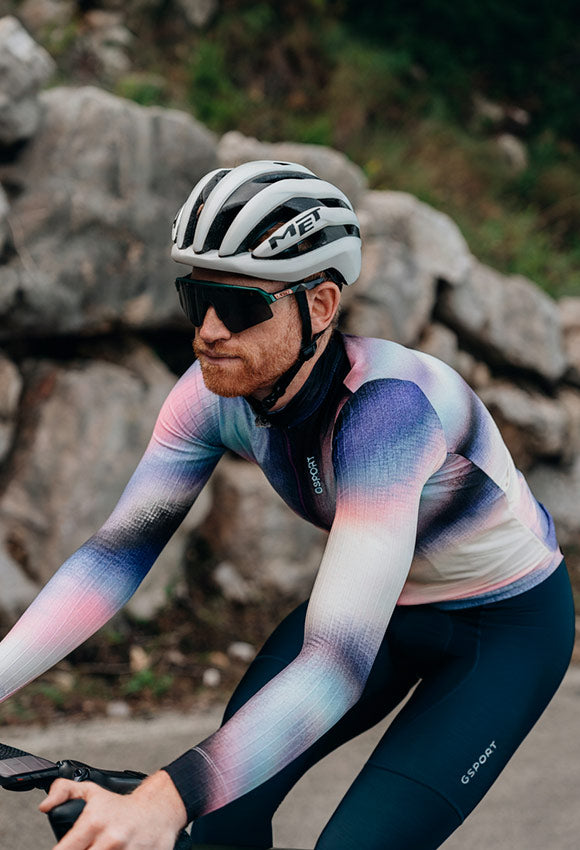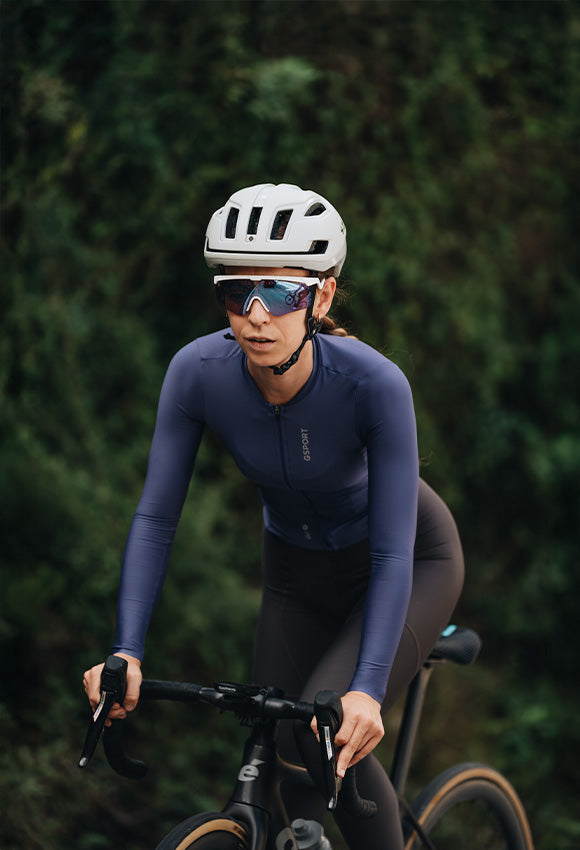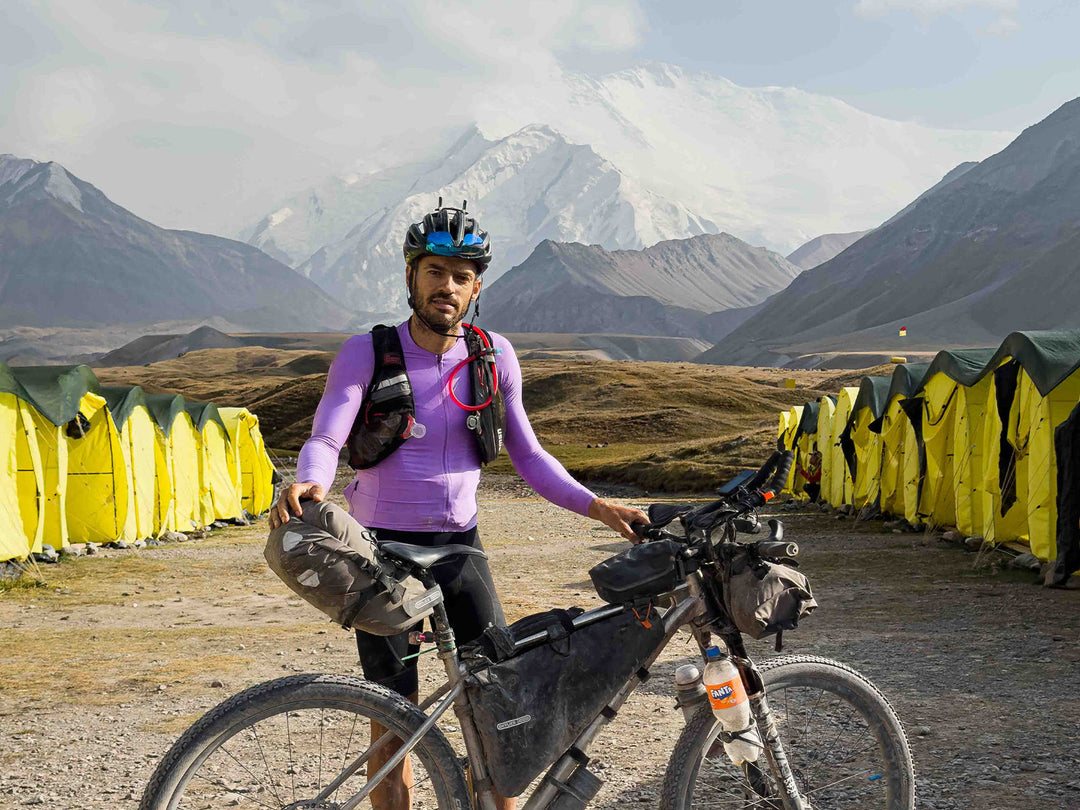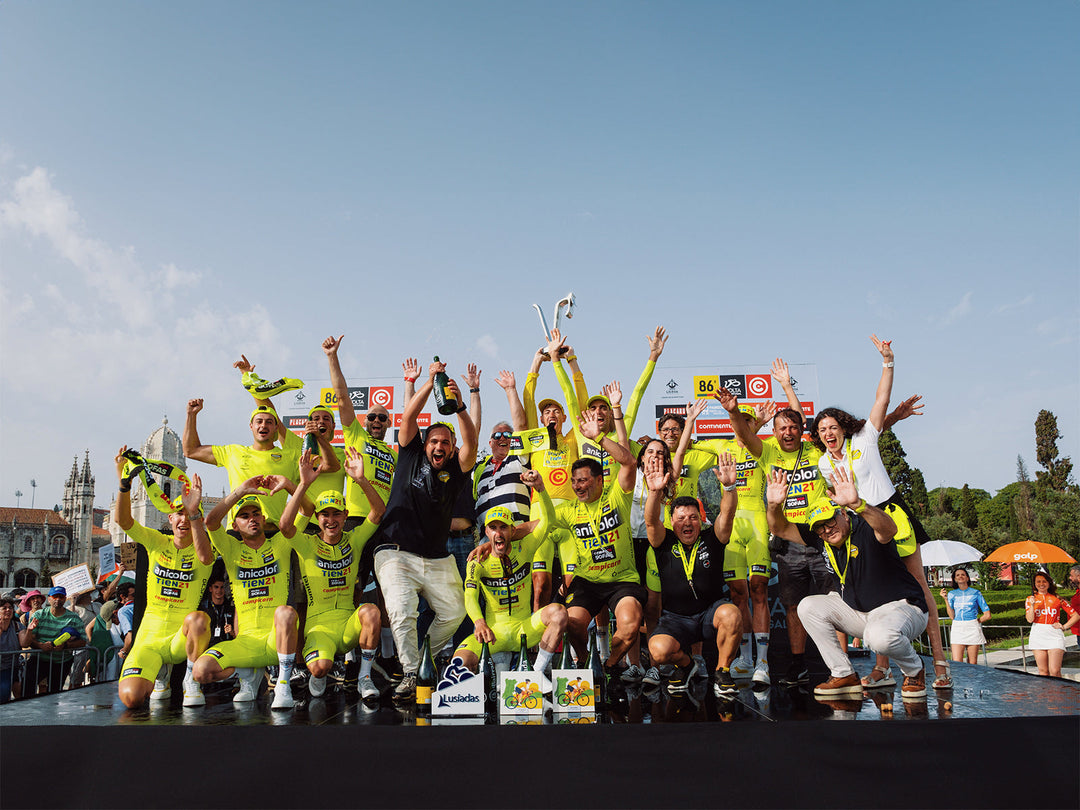GUIDE TO GOOD HYDRATION IN CYCLING

Hydration, and specifically water intake, is one of the decisive factors during intense cycling.
When we try to improve our sporting performance, there are many factors to take into account. The first thing that comes to mind when we want to increase our sporting efficiency levels is nutrition. However, hydration is just as important, if not more so.
The human body is made up of approximately 75% water. A liquid that makes up 60% of our body weight, making it the main nutrient of any person, whether they practice sport or not. Hence the theory that humans can go for up to 8 weeks without eating, but no more than 6 days without ingesting liquids.
The ideal is to maintain a constant and progressive hydration level during physical activity to make up for losses through perspiration. Do not drink large quantities all at once, but rather drink small sips according to your thirst. Our body, through thirst, triggers an alarm signal to warn us that the percentage of water in our body is decreasing. We feel thirsty when we lose 2% of body fluid, which translates into a 20% loss of strength. Therefore, we should drink before the sensation of intense thirst appears.
Is it important to hydrate before, during and after exercise?
We cannot speak in general terms regarding hydration, as there are different training intensities, different outside temperatures, as well as different types of cyclists (beginners, professionals, amateurs...). However, various studies tell us about the importance of being well hydrated before, during and after cycling.
It is important to hydrate before a bike ride to prepare the body for the wear and tear to which we are going to expose it. If we have a medium-level day ahead of us, it would be enough to drink 500 ml of water one hour before starting to pedal. If the level of demand is going to be very intense, competition level, fluid replacement should start one or two days before.
During the activity, we should drink approximately every 20 minutes, avoiding a sensation of very intense thirst. When we sweat we lose electrolytes (sodium, chloride and potassium) and minerals (magnesium, calcium, zinc and iron). A quick way to replenish these elements is through sports supplements, such as hypertonic, hypotonic and isotonic drinks. The most common is to carry 1 can with water, and 1 can with isotonic drink, and alternate their intake.
Last but not least, after cycling you should continue to hydrate. It is advisable to drink about half a liter of water to complete the replacement of liquids correctly.
Cycling bottles will be your best ally against dehydration in any weather.
Bottles have become an indispensable part of our cycling kit. But… what would you say if, in addition to being such a functional accessory, it was also environmentally friendly?
Our new drum Logo It is ecological and biodegradable, it degrades naturally between 1 and 5 years. It is also very light and easy to squeeze.

Don't forget to wash your cycling bottles well after using them on your bike rides.
As a last piece of advice, remember to wash your drums well and change them from time to time, since they are a focus of bacteria. The most recurrent and simple option is to wash them with hot water and soap, discarding the dishwasher if the washing is at more than 40ºC.
More stories:










Leave a comment